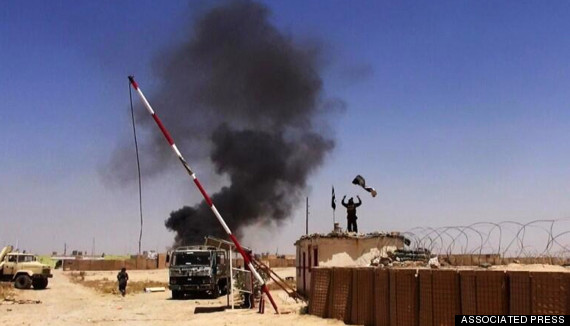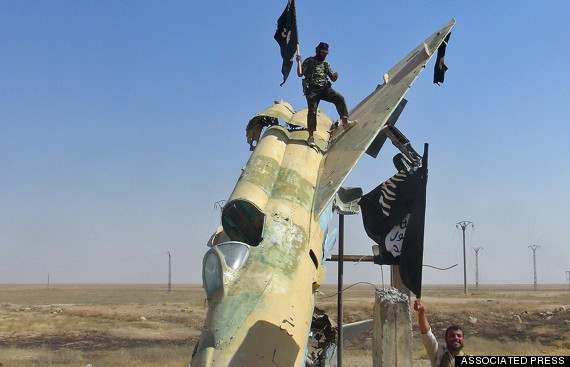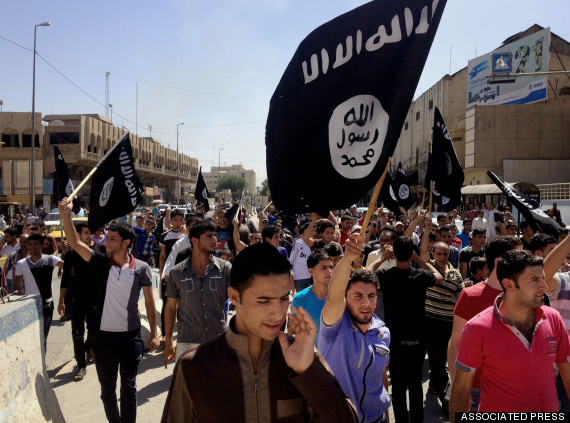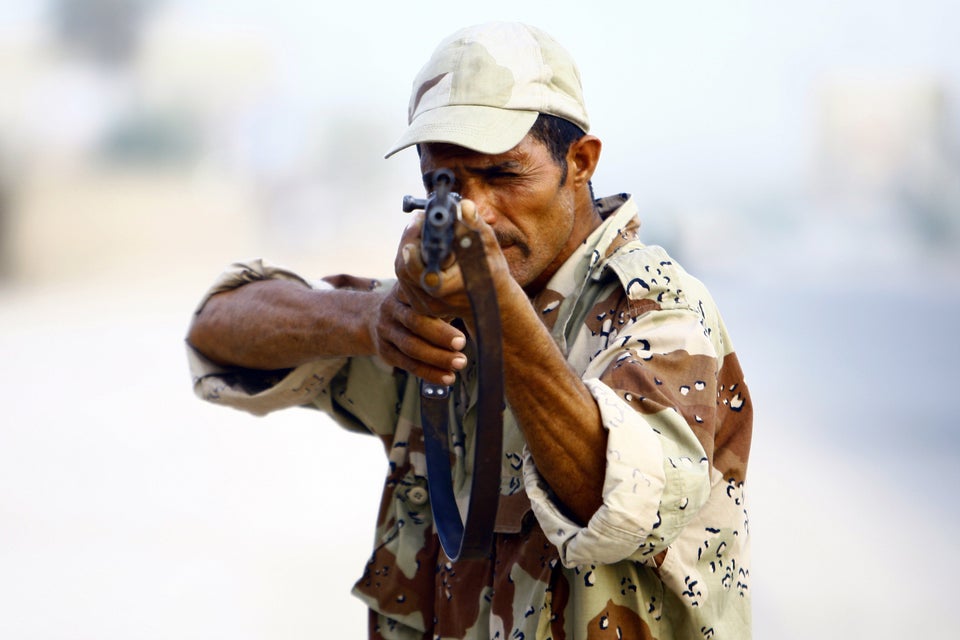As the Islamic State has risen to power and prominence in recent months, hundreds of reports have emerged about the group, often portraying it as a large, somewhat amorphous band of extremists. While the Islamic State is indeed vast, it's also complex, and made up of a tightly networked, experienced group of men.
These men manage the structures that keep the Islamic State running, overseeing hundreds of towns, thousands of fighters and millions of dollars in finances. To better understand what dismantling the Islamic State's network might look like, it's important to look at what we know about how it actually works.
At the head of the Islamic State is Abu Bakr al-Baghdadi. Reportedly born Awwad Ibrahim Ali al-Badri al-Samarrai in the northern Iraqi town of Samarra in 1971, Baghdadi grew up a Sunni in a devout family. As The New York Times reports, Baghdadi obtained a Ph.D. in Islamic Studies from the Islamic University of Baghdad and began a career as a preacher.
Baghdadi's first appearance on international radars was likely after the 2003 invasion of Iraq, when reports say he was detained in Camp Bucca by U.S. forces. The precise timing and nature of his arrest is unknown, but it is usually dated somewhere between 2004 and 2005, with a release in 2009.
Following his internment, Baghdadi rose through the ranks of Al Qaeda in Iraq (AQI), becoming its leader in 2010 in the wake of U.S. strikes that wiped out the former chiefs. Baghdadi's elevated status also landed him on the U.S. State Department's terror list, with a $10 million bounty on his head.
AQI went through a series of important changes under Baghdadi, joining the battlefield in Syria's civil war, breaking away from al-Qaeda to become "ISIS" and eventually declaring it had restored a period of historic Islamic rule known as a caliphate and re-naming itself the Islamic State.
Now calling himself Caliph Ibrahim, Baghdadi is the self-styled religious and political ruler of the territory his group seized. A reclusive leader, his last public appearance was a lengthy sermon in July in which he urged his followers to fight "the enemies of God."
His beliefs and image are part of what analysts see as a distorted version of a fundamentalist 18th century form of Islam known as Wahabbism, texts of which are circulated in areas under Islamic State control.

Aiding Baghdadi's rule are two deputies: Abu Muslim al-Turkmani, who manages Iraqi operations, and Abu Ali al-Anbari, who manages Syrian operations. Reportedly, both are veteran military men and were generals under Saddam's regime.
According to the Terrorism Research and Analysis Center, these deputies act as top administrators over their relative territories -- speaking with local governors, coordinating with councils and overseeing the many different bits of bureaucracy the Islamic State has set up. These deputies are ostensibly the second in command, and one likely would succeed Baghdadi were he to die.

In addition to the deputies, other important bodies help run the Islamic State, though there's very little information available about their central leaders. Those include a leadership cabinet that advises al-Baghdadi on matters of state, and a Shura council that advises him on matters of religious law -- which the Islamic State considers the only law.
The Shura council is especially prominent, and a TRAC director recently told CNN it's thought the council reviewed the Islamic State's decision to behead Western journalist hostages.

The Islamic State is allegedly split up into seven vilayets, or provinces, with a local governor at the head of each. These governors work with local leaders who also report to the deputies to carry out different initiatives and laws, from fixing potholes to cutting off people's hands.
It's at this local level that the bizarre and often horrific reality of Islamic State rule becomes most evident. Along with a large number of councils in charge of the group's finances, media strategy and military actions, the mid-level governance of the Islamic State involves keeping a semi-functioning civil society while still imposing harsh and brutal laws on its population.
It may seem strange that a group that has crucified people for apostasy also runs a post office and gives out traffic tickets, but keeping services intact is a key way group maintains control over its seized cities.
Available information on life under the Islamic State in these towns is based on intelligence gathered by analysts and taken from secretive sources within the cities. Since news on what happens inside ISIS territory is so hard to come by, there is an unavoidable degree of uncertainty in these accounts.
A video secretly taken by a women inside the city of Raqqa, Syria, regarded as the capital of the Islamic State.
In spite of these different structures and bureaucratic measures, the Islamic State is still not a legitimate state. It has no international recognition, its thousands of foreign fighters mean it has dubious claims on a permanent population, and its territory has been subject to rapid change.
Yet what this structure does show is that the Islamic State seems intent on playing the long game of keeping -- and governing -- the territory it controls. It may not be a real state, but in this regard, it has taken a lot of steps to act like one.

 Graphic by Jan Diehm for The Huffington Post.
Graphic by Jan Diehm for The Huffington Post.